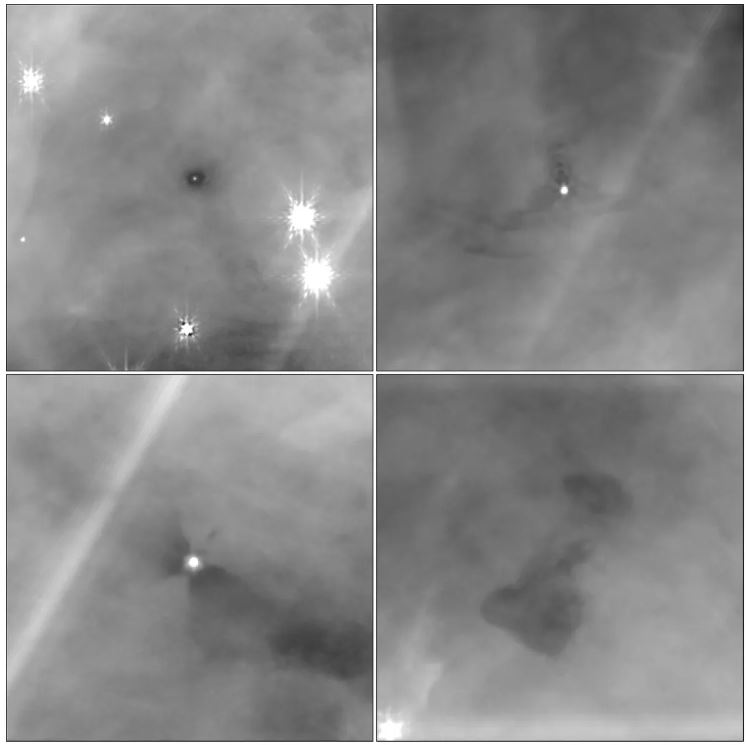A recent observation by the James Webb Space Telescope (JWST) noted the presence of extremely small objects in the Trapezium cluster. According to the information obtained, these Jupiter-sized celestial bodies floating in space, unconnected with any stars; Experts explain that the discovery may change some theories about planets and stars.
In the Orion Nebula (M42), approximately 40 extremely small binaries called Jupiter-Mass Binary Objects (JuMBOs) have been observed; yet they observed other non-binary people. Because they are not bound to the orbit of any particular star and some work in pairs, scientists have not yet been able to fully explain how they ‘work’, but they are already exploring some possibilities.
One possible explanation is that the celestial bodies grew in a region where they could not form as full stars; they may have developed close to stars but been ‘ejected’ into space due to different spatial interactions. For now, scientists think the second option is the most likely, suggesting they were ‘expelled’ after one or more cosmic events.
“The launch hypothesis is currently the preferred hypothesis. Gas physics suggests that you shouldn’t be able to create Jupiter-mass objects on your own, and we know that individual planets can be ejected from star systems. So how do you throw out pairs of these things together? We don’t have an answer right now. This is a problem for theorists,” Mark McCaughrean, professor and scientific advisor at the European Space Agency (ESA), said in a message posted to the website. BBC news.
Mysteries of the Orion Nebula
Observations of binary objects as well as the Orion Nebula also reveal another mystery that intrigues scientists. While observing the F115W filter, which is responsible for collecting light data at 1.16 micron waves, mysterious circular shadows were discovered around stars. One of the biggest ‘problems’ was that the researchers could not find the shadow in any other frequency of light, but only in this particular filter.

One hypothesis is that it is cosmic dust, but it doesn’t make sense that the dust would get lost in all the other filters; Another possibility is the existence of helium, which is considered the second most abundant chemical element in the universe. More specifically it would be neutral helium.
“As I looked around, I started seeing all these dark shadows around. And this will be in the numbers later. And it’s only in this filter, only in this filter. European Space Agency Science and Research Senior Advisor Dr. “These shadows are not present at any other wavelength in Hubble or JWST,” said Mark McCaughrean. IFLSscience.
Dr. According to McCaughrean, In fact, some scientists in the field believe that the discovery is even more exciting than the observation of JuMBOs. A study of observations of mysterious shadows collected by JWST has been submitted to the scientific journal Astronomy & Astrophysics.
Did you like the content? Stay up to date with more astronomy curiosities at TecMundo. If you wish, see the new exoplanet that astronomers have identified as having twice the mass of Jupiter.
Source: Tec Mundo
I’m Blaine Morgan, an experienced journalist and writer with over 8 years of experience in the tech industry. My expertise lies in writing about technology news and trends, covering everything from cutting-edge gadgets to emerging software developments. I’ve written for several leading publications including Gadget Onus where I am an author.












